
menu
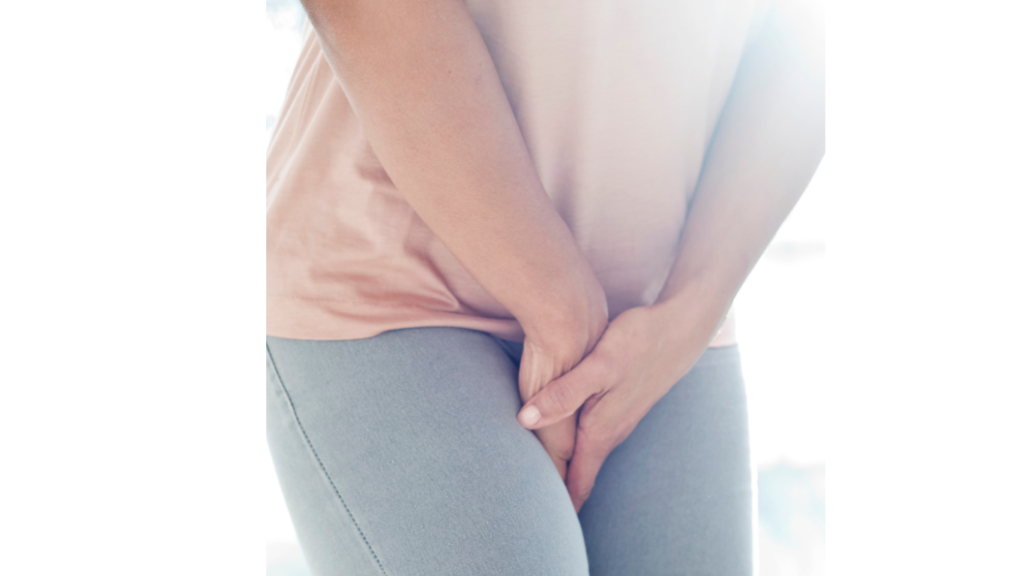
Urinary incontinence is the involuntary loss of urine and is a common (but not normal!) occurrence. Urinary incontinence can occur when there is a sudden increase in abdominal pressure, such as with laughing, coughing, sneezing, running, jumping, lifting etc. This is referred to as stress urinary incontinence. Sometimes the incontinence is related to a sudden, …
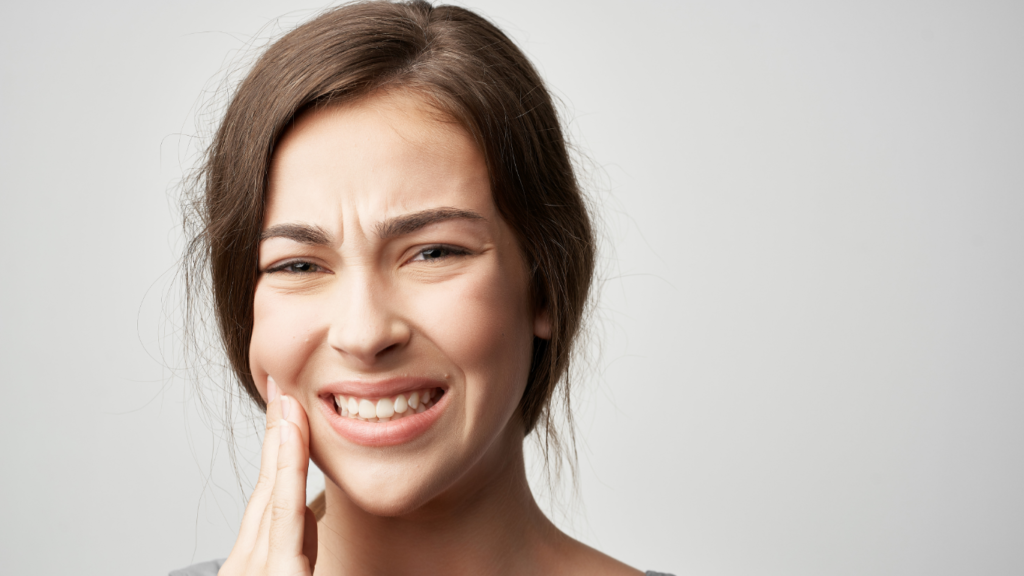
Temporomandibular joint dysfunction (TMD) is the medical term used to describe issues with the jaw joint. This includes pain, clicking, clunking, locking, restricted range of motion or excessive motion and instability. TMD can occur for a variety of reasons. It may be associated with a history of trauma to the head and jaw, dental work, …
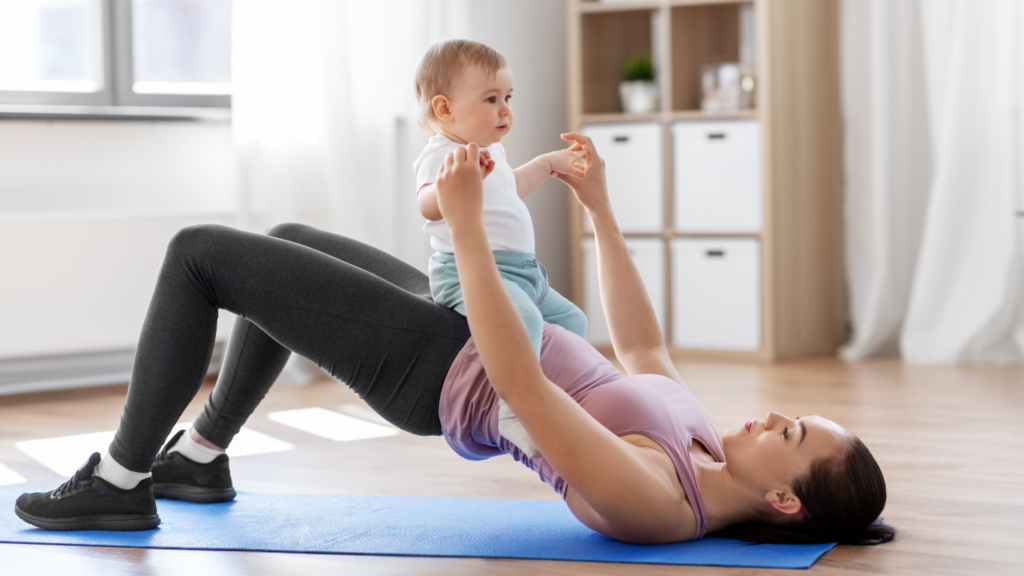
Pregnancy and childbirth are times of immense change for a woman’s body and can significantly impact how she engages in sport and physical activity. After birth, many women are left wondering how to safely return to sport and physical activity – the good news is we are here to help! Every woman’s return to sport …

Recovery after childbirth (post-partum or post-natal recovery) varies significantly from person to person and will be affected by the type of delivery you had, as well as your age, genetic factors and your overall health and fitness. Every woman walks this journey in her own time and reaches her own destination, so it is important …
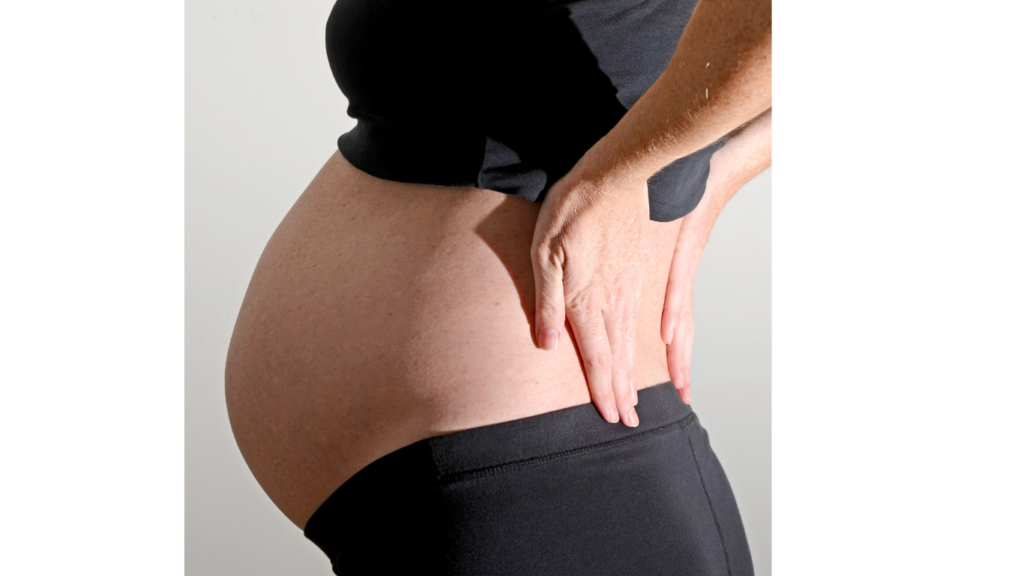
Whilst pregnancy is often a joyous time, for some women it can be a down right pain! Many women will experience some from of lower back or pelvic girdle pain during their pregnancy. This pain may be felt in the lower back, buttocks, sacroiliac joint region or at the front of the pelvis at the …
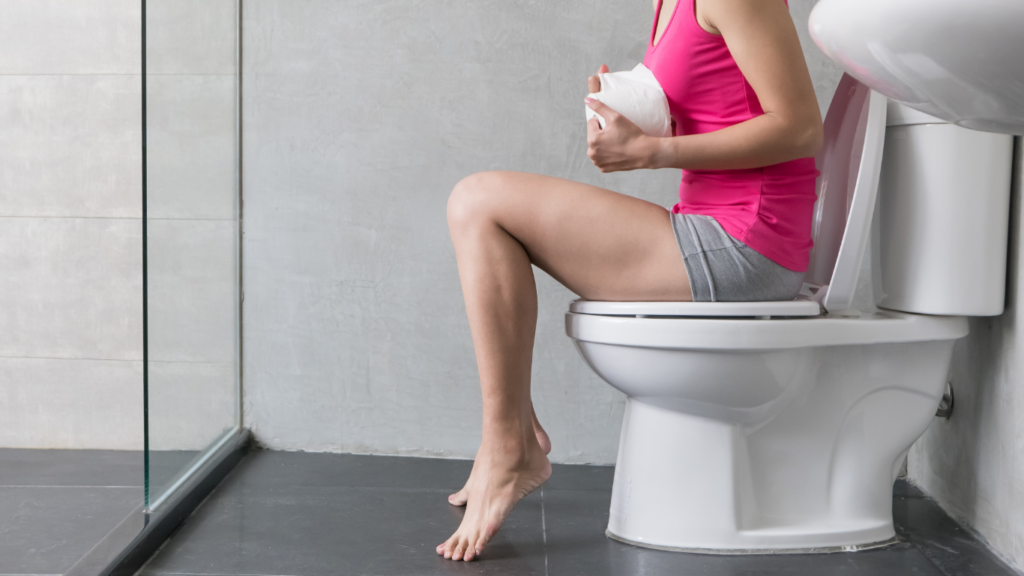
Constipation refers to difficulty in passing bowel motions, with the bowel motions being hard and often painful to pass. Constipation isn’t defined simply by how frequently you open your bowels (i.e. how often you poo). There is a range of ‘normal’ poo frequencies, ranging from a couple of times per day to once every three …
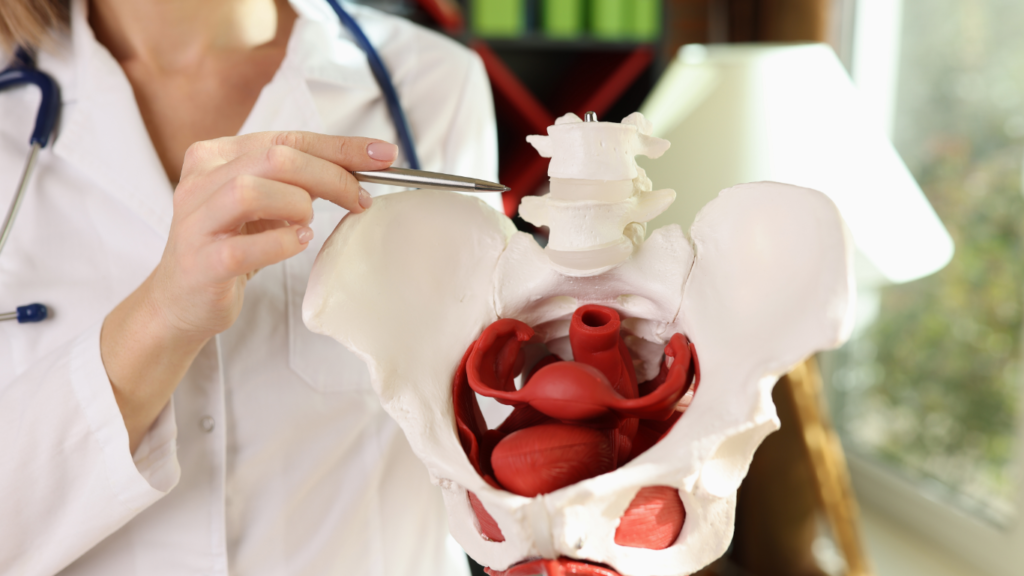
Pelvic organ prolapse is when the pelvic organs (uterus, bladder or bowel) descend from their usual position in the pelvis down towards or through the vaginal entrance. This can cause a dragging or pulling sensation in the pelvis or vagina, or the feeling of a bulge at the vagina, and can contribute to issues with …
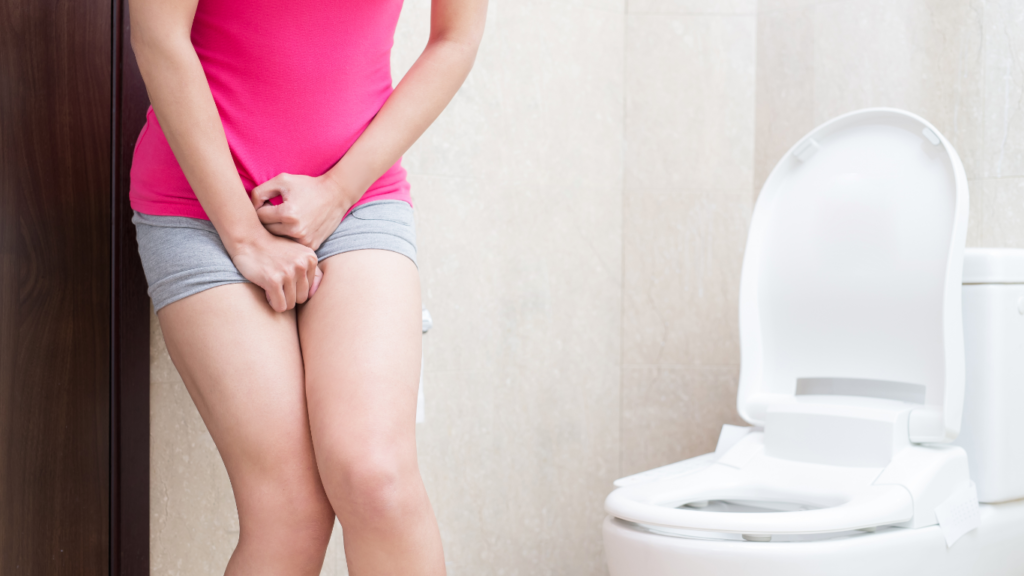
Overactive bladder refers to a bladder that is unhappy, irritated or intolerant to stretch, resulting in higher than normal urinary urge and frequency. This may feel like a sudden, strong, irrepressible urge to urinate, or a feeling of needing to go to the toilet often and for small amounts of urine (wee). Overactive bladder can …
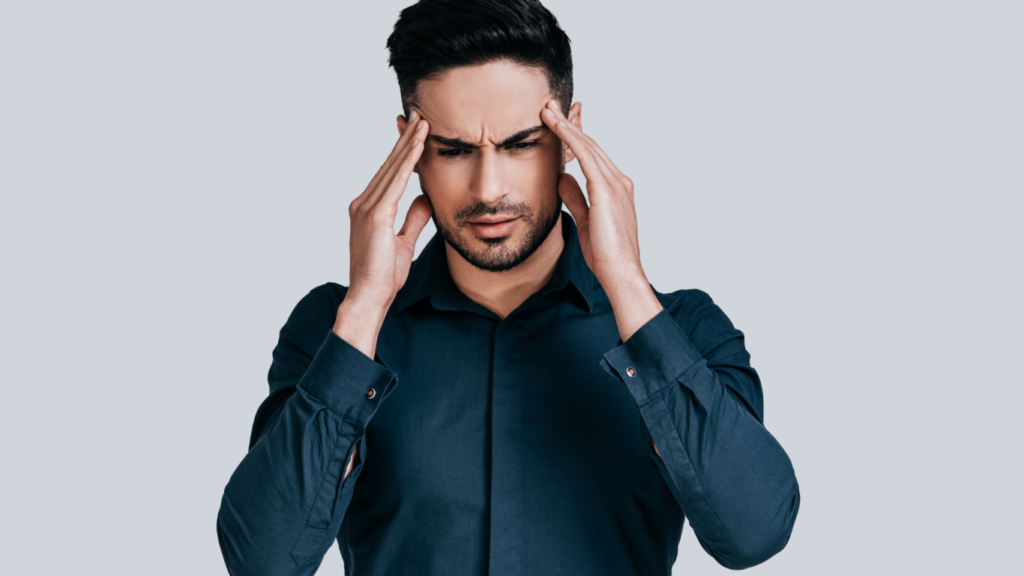
Migraines, tension type headaches and cervicogenic (neck related) headaches are three of the most common types of headaches and can occur in isolation or in combination. Tension type headaches are caused by tension in the muscles of the head and neck. This tension may be caused by stress, anxiety, poor posture, weak muscles or excessive …
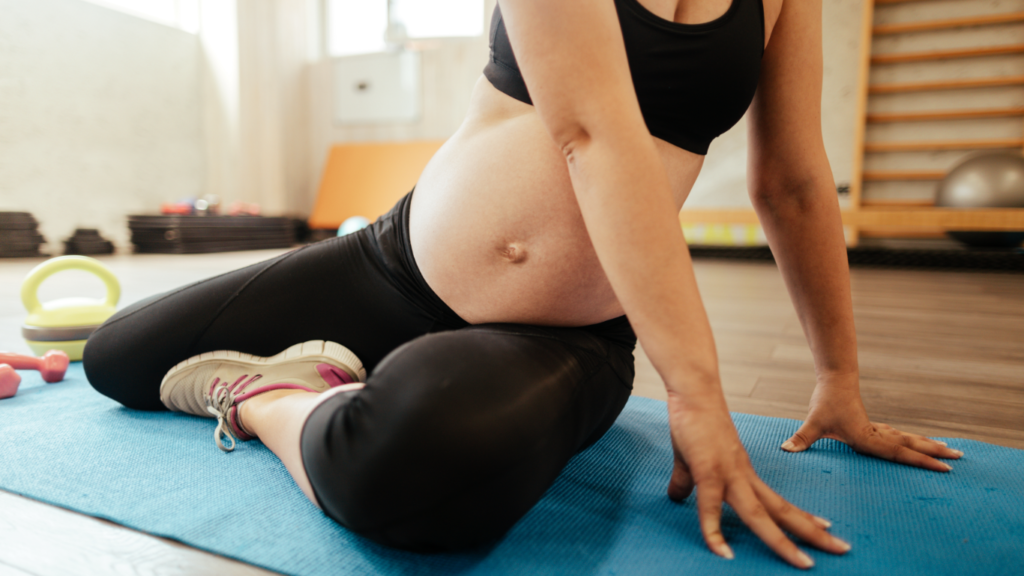
Pregnancy is a time of great change for the mother’s body, and a time where Mum’s want to make sure they are doing the right thing for their unborn child. Regular physical activity is an essential part of a healthy pregnancy, with huge health benefits for both Mum and bub. The current guidelines for physical …
Input your search keywords and press Enter.